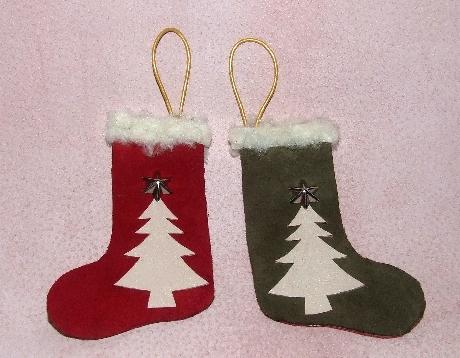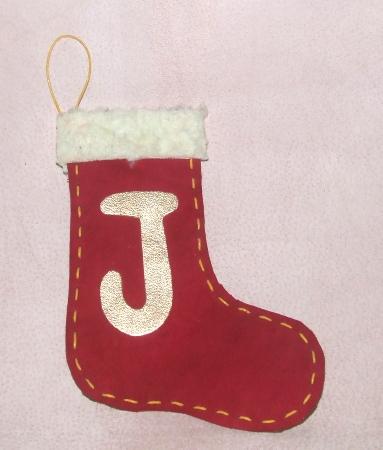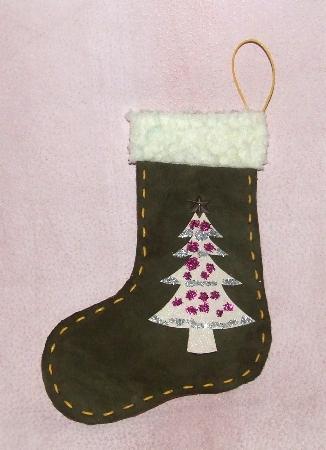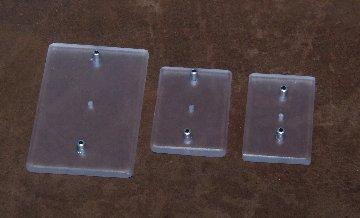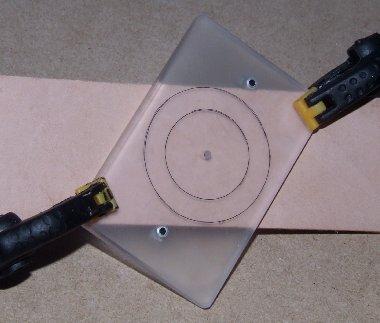-
Posts
5,932 -
Joined
Content Type
Profiles
Forums
Events
Blogs
Gallery
Everything posted by fredk
-
Happy Christmas everyone!
-
Yes I do. Thank you
-
Help! I cannot find the donate link on the front page
-
Great find and great save. These might have been lost to the recycling bin
-
If their logo is unique to them then you cannot use it any old way without incurring the wrath of khan coming down on your head. You can only use it on products for them with their permission PS; by keeping the stamp you sort-of insure they have to come back to you for other orders. If they have the stamp they can go to someone else for orders
-
Bill once with the proviso included that you keep the stamp and you can use it on further orders from them
-
As you say, many years of use. I would obtain some U shaped brass channel and affix it to that bottom edge oh, question, is just the corners or the whole length of the bottom edge seam or what exactly?
-

How do I paint or draw on leather (waterproofed leather)
fredk replied to c.c.1315's topic in How Do I Do That?
Paint pens work well. The pens must have either an oil based or acrylic based paint I use them for the details on my gaming boards The paint pens cost about $1 each and are sort of meant for detailing autos, especially the tires -

Need recommendations for steel bar plate for work bench
fredk replied to desullivan's topic in How Do I Do That?
I'd go for at least 6mm (1/4 inch) thick aluminium. No chance of corrosion / rust ruining leather. About 4 inches wide and about 15 to 18 inches long. Counter-sunk brass screws to hold down. Should be able to cope with most projects -
Give thanks for whatever God shoves your way Don't; drink too much, eat too much, fight your relatives too much Do; hug those relatives, eat well, drink wisely, have good time
-
simple and does the job, whats not to like?
-
Christmas trees & stockings to hang on a tree or somewhere. Personalized with peoples initials on the other side I made a bunch of these a couple of years ago. Maybe about 20 The year before I made Christmas trees. About 4 to 6 inches tall. Again, made about 20 I don't seem to have photos of the trees, or I can't find them On a couple of the stockings I left the top unsewn and put some sweets (candy) in I used red & green chrome tan (and scraps of faux fleece) but brown or other colours will work just as well HTH
-
We don't have Aldi here but Lidl might have something similar in sometime I don't need one . . . . . but its another toy for the toy box so I'll probably buy one if they come my way
-
Yup, did that a few times last week. Not concentrating on what I was doing, talking too much
-
Not knowing what the console looks like or is made of; maybe staple or tack it in place?
-
You can also add varying amount of talc into resolene which will give varying degrees of mattness. Talc added to any paint or varnish in small-ish amounts acts as a matting agent
-
Try a final buffing with talcum powder
-
All working fine at my end but, there have been reports that the Russians have been interfering with Western communication satellites and although its been going on for more than a year in recent months they've stepped up the interfering
-

what did you miss at the pendelton leather show video
fredk replied to chuck123wapati's topic in Leatherwork Conversation
Thanks for posting the video. A great presentation and a great show. Its nice that one company felt confident in the honesty of folk to leave all that brass (?) work unattended on one of the busiest days of the show. I wish I could attend one of these shows as we don't have anything like them here. But my credit card is happy I wasn't there - I would have maxed it out, and the max is very high number! -
I only sand to even up the edge, to take out bumps made by my bad cutting, or similar. I sand by hand. Depending on how bad the edge is I'll start with an 80 or 120 grit, working thru 240, 320, 400 to 600
-
I use these ; Two pins with a hole centred on them. Fits virtually any size of strap or belt. Just put each pin against the belt and the hole is the centre of the belt. I've made 3 of them, just for handiness sake Swivel it and the centre of the strap or belt can be marked. The circles are at 1/2 inch and 3/4 inch. If you want 3/4 inch between holes move the guide so that the 3/4 circle is over your last hole
-
Besides books, especially by Al Stohlman my other things are; A Tandy Pro-Press. I use it a lot, for pressing stamps, as a clicker press, for making sewing holes with chisels Sets of sewing chisels with different spacing; 3mm, 4mm, 5mm, 6mm and my stitching pliers and lacing pliers A couple of sewing clamps; a light-weight one for taking out to places and a larger heavier one for use at home base My special stamping table Which is adaptable for various jobs
-

BBC caught with its knickers down . . . .
fredk replied to fredk's topic in All About Us and Off Topic
Ah, but they haven't. Only the two top dogs resigned but those responsible for the wrongful editing remain in their jobs



